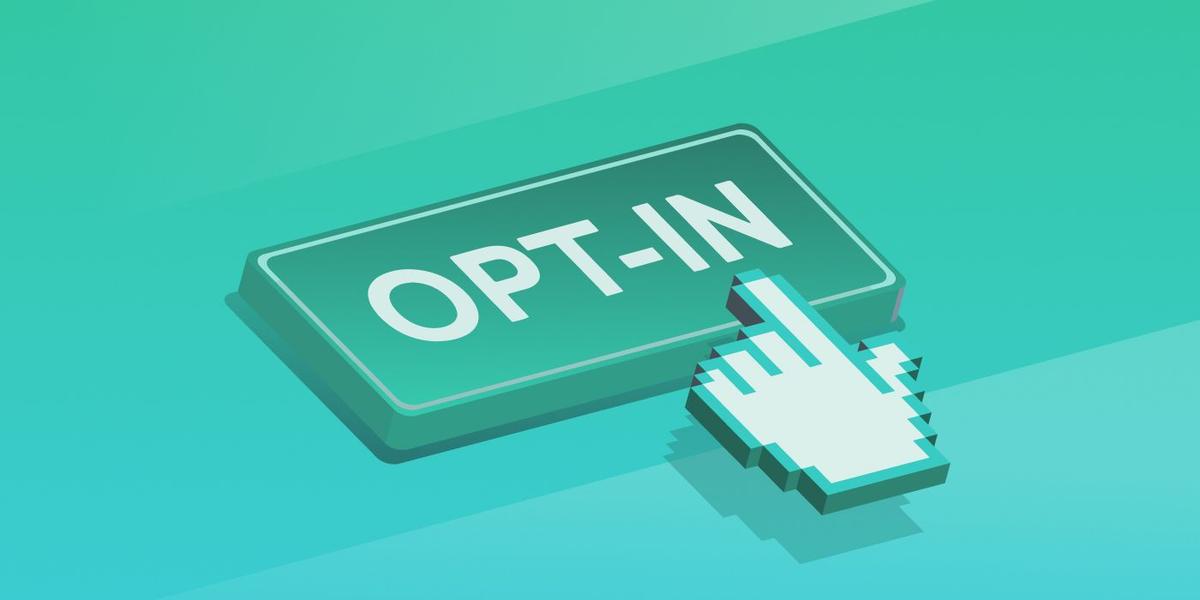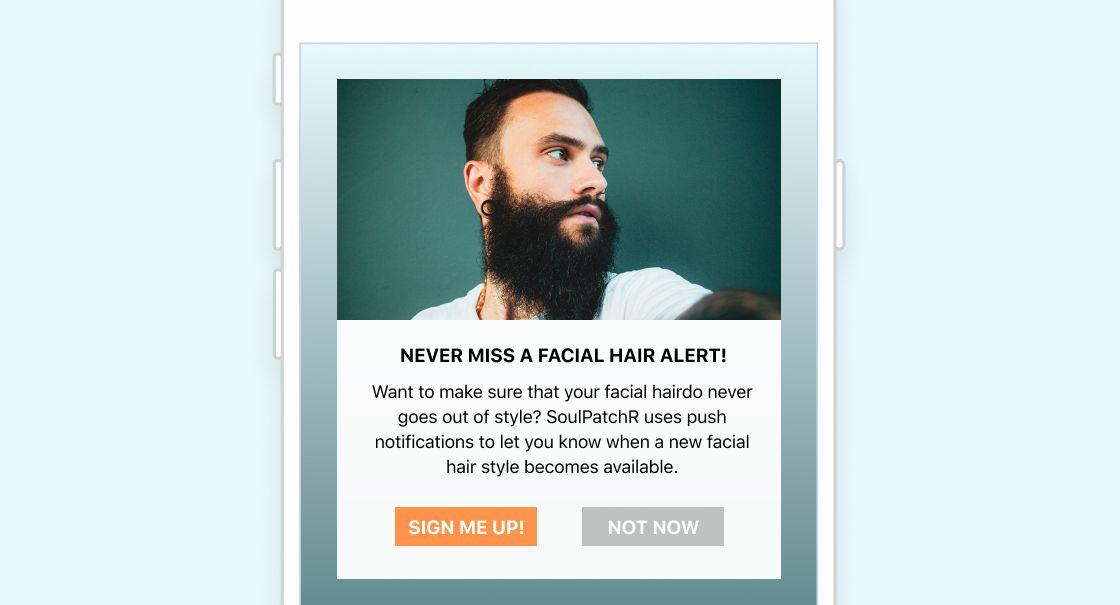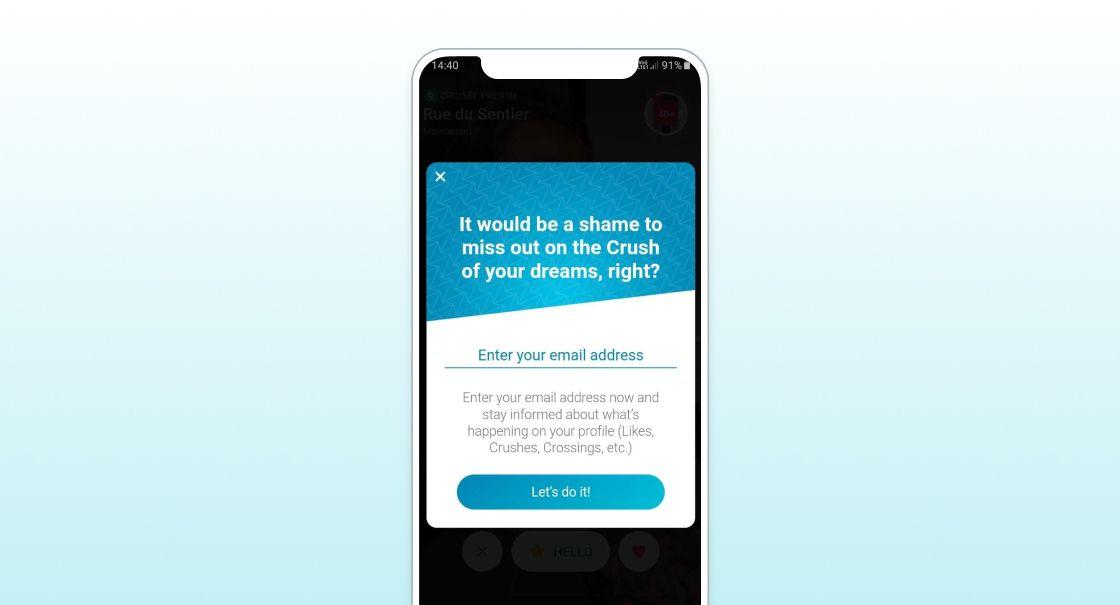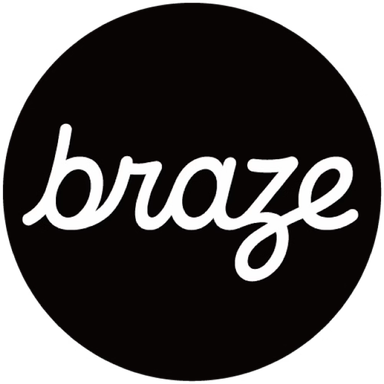How to Effectively Drive Messaging Opt-Ins
Published on October 12, 2020/Last edited on October 12, 2020/4 min read


Adam Swiderski
WriterThere’s a classic trope in speculative fiction: The gift with an ironic twist. That is, a power or artifact that grants its user some boon or special ability, but with a clever hook that typically leaves the character in question on their knees, shaking their fists at the sky. Cue Twilight Zone theme music.
In the world of messaging, push notifications and email can feel a bit like they belong in that category. As the channels best able to reach consumers when they’re not actively engaged with a brand, they’re both powerful tools for making sure time-sensitive information gets in front of as many eyeballs as possible.
The twist? These channels require customers to opt into receiving them, a process that isn’t as simple as it sounds. It’s a brief moment of interaction that can have far-reaching implications for the future of an individual’s relationship with a brand, and managing it well can mean the difference between messaging that creates results and ending up the backdrop for a Rod Serling monologue about how fortunes can turn in an instant.
The Choice Is Theirs
To avoid that scenario, it’s best to first take a look at what an “opt-in” really is. At its most basic level, it’s presenting customers with a choice to sign up for something—receiving text updates on the latest sale, emails about new app developments, or promotions from your brand.. It puts the customer in control of the type of messaging they’re willing to receive from a brand and where they’d like to receive it.
It’s also a surprisingly tricky process. Many brands lead with generic opt-in messaging the first time a user engages with their app or web presence, an indelicate approach that often doesn’t yield results. Users who feel they’ve received too many push notifications in the past, or who have become frustrated by email messaging not relevant to their own experience, may choose not to opt in, which can hamper the effectiveness of any cross-channel marketing effort.
Priming the Pump for Opt-In
Fortunately, there are ways to prepare the runway for an effective opt-in transaction. This priming process ensures that the user is receiving the option to opt into messaging at a time and moment within the customer journey at which the value of saying yes is clear. It’s a more thoughtful approach that demonstrates to the customer that they’re more than just an email address to your brand, thereby increasing trust and improving chances they’ll interact favorably with your messaging.

There are three main tools in the priming arsenal. First, it’s important to time opt-in messaging well, utilizing it at a moment when there’s a need of theirs that can be addressed by saying yes to the prompt. Second, it’s important to create prompts that demonstrate the value of opting in through some combination of compelling imagery and custom, personalized text. Finally, custom prompts that operate outside the generic opt-in structure of mobile phones or web browsers offer brands the space to try again at a different point in the customer journey if the user in question chooses not to opt in.
From Dating to Delivery, Good Opt-In Yields Results
The benefits of utilizing good opt-in practices have been demonstrated repeatedly by Braze clients. In the case of dating app Happn, there was a need to improve the effectiveness of email messaging, because an earlier process that saw users sign up through Facebook resulted in a high bounce rate and low open rate on promotional campaigns. By adding an in-app message (IAM) soliciting user email addresses to their onboarding process and creating a multi-stage orientation process through email, Happn was able to make the channel an integral part of the development of its relationship with its customers, and the results were significant. Half of new users shared their email addresses when they were creating a new account, with onboarding email open rates increasing by a factor of three, and bounce rates dropping by a whopping 42%.

Final Thoughts
For a cross-channel marketing campaign to succeed, it’s imperative that all the channels in question operate at peak performance levels… and, when it comes to push notifications and email, securing opt-ins are a critical part of making sure your messaging is firing on all cylinders. Thoughtful implementation of custom opt-in prompts can make a huge difference in that regard, so paying the proper attention to this one small moment in the user journey can have a big impact.
For more on how to manage these key and critical stops along the customer journey, check out the Braze Moments That Matter Guide!
Related Tags
Releated Content
View the Blog
SMS vs. MMS vs. RCS: Choosing the right messaging channel for modern engagement

Team Braze

Enterprise generative AI: Transforming data, decisions, and customer experiences

Team Braze

Omnichannel personalization: Delivering consistent, connected customer experiences
